In the summer of 2021, between my second and third years of study, I completed an internship working on a multirotor petrol-electric powetrain test rig within the Insitiute of Thermofluids as The University of Leeds.
The aim of the project was to return the test rig to an operational state as it had been left in ruins after COVID-19 restrictions had forced the previous contributors, a team of 4 Master’s students, to abandon the practical aspects of their tasks.
On this project, I achieved the following goals:
- Resolved scavenging issues within the engine
- Resolved spark timing issues within the engine
- Completed general maintenance and safety improvements to the test rig
- Designed and implemented a revised emergency cut-off circuit to allow the operator to disarm the rig remotely
- Designed and implemented a new engine coupling derived from existing and replacement parts (see pictures below)
- Designed and implemented new bearing housings to retain the main crank bearings axially
- Got the test rig operational and reliable (It hadn’t run consistently in two years!)
Throughout the project, I worked independently between weekly meetings with my supervisor. This experience only further enhanced my excellent timekeeping and organisational skills, although I must admit that I enjoyed the project so much, it was hard to take me away from it!
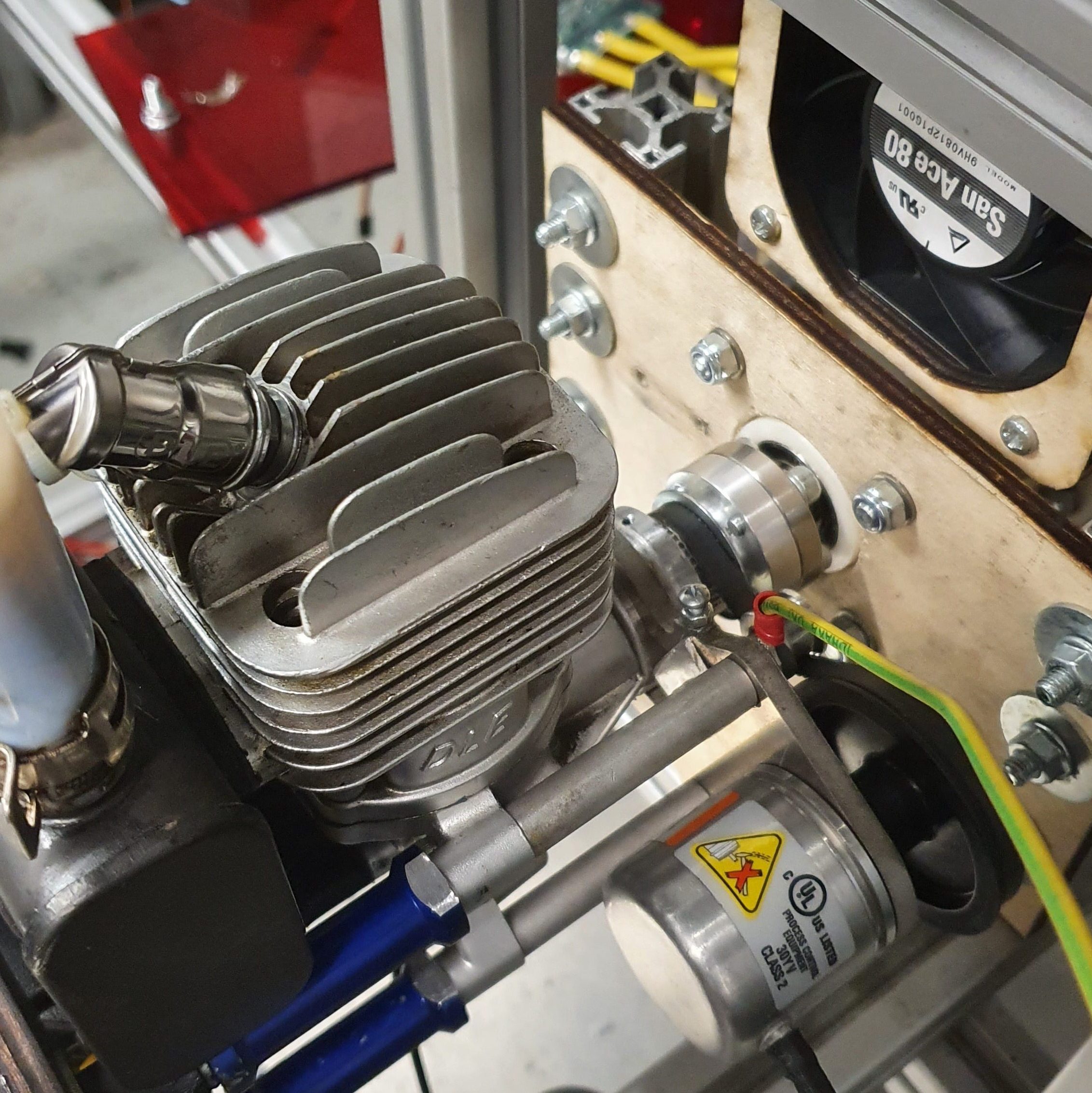
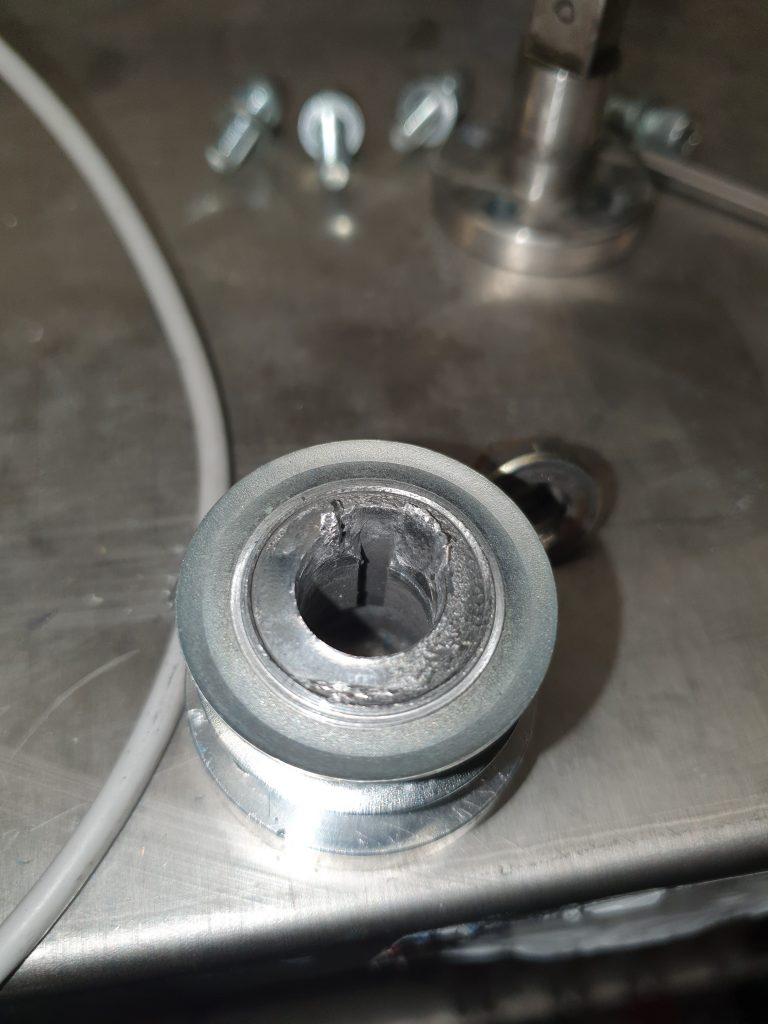
The exising coupling was the original factory one but modified to accept a 6mm timing belt for the rig’s incremental rotary encoder. The modification involved shortening the length of key engaged which, in combination with poor crankshaft bearing support, resulted in complete destruction of the coupling. 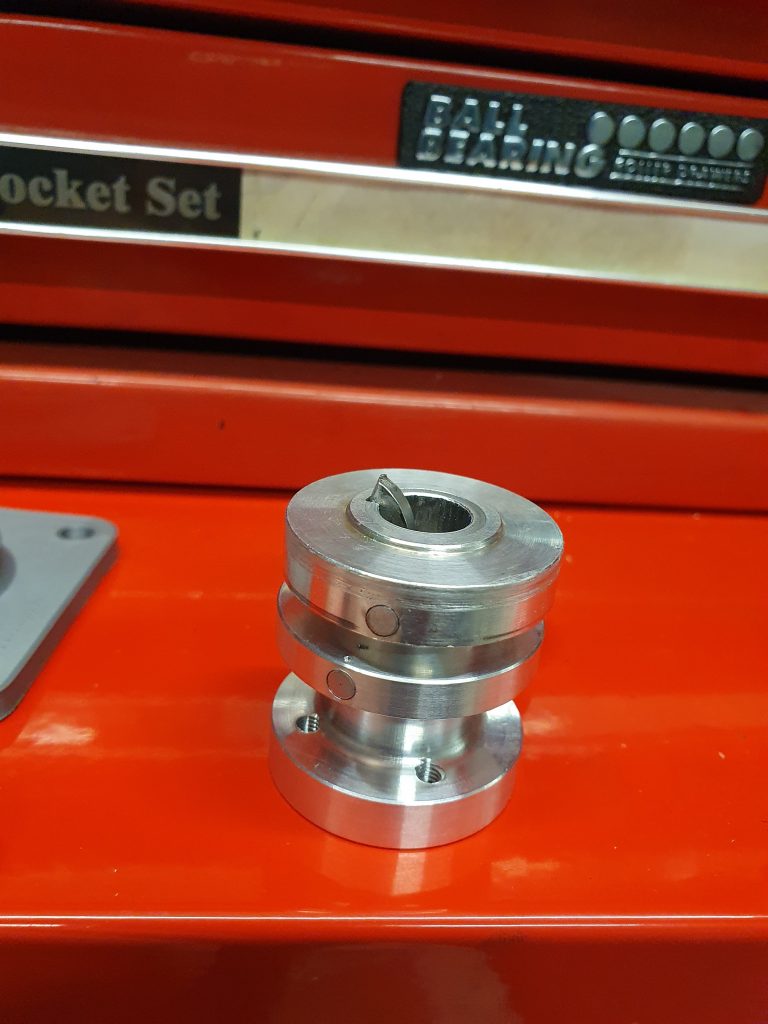
The factory part (shown at the botton) has a retarded magnet position when compared to the aftermarket part, which is one of the reasons the engine would not start easily. 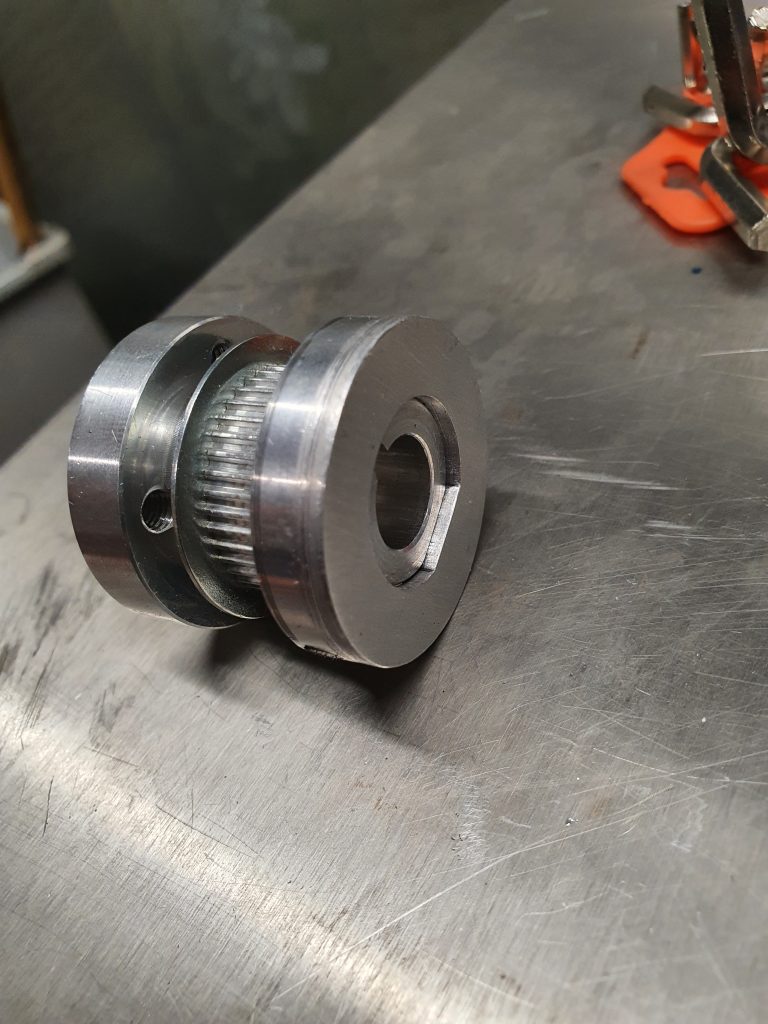
The revised coupling with a factory magnet location and full key length. 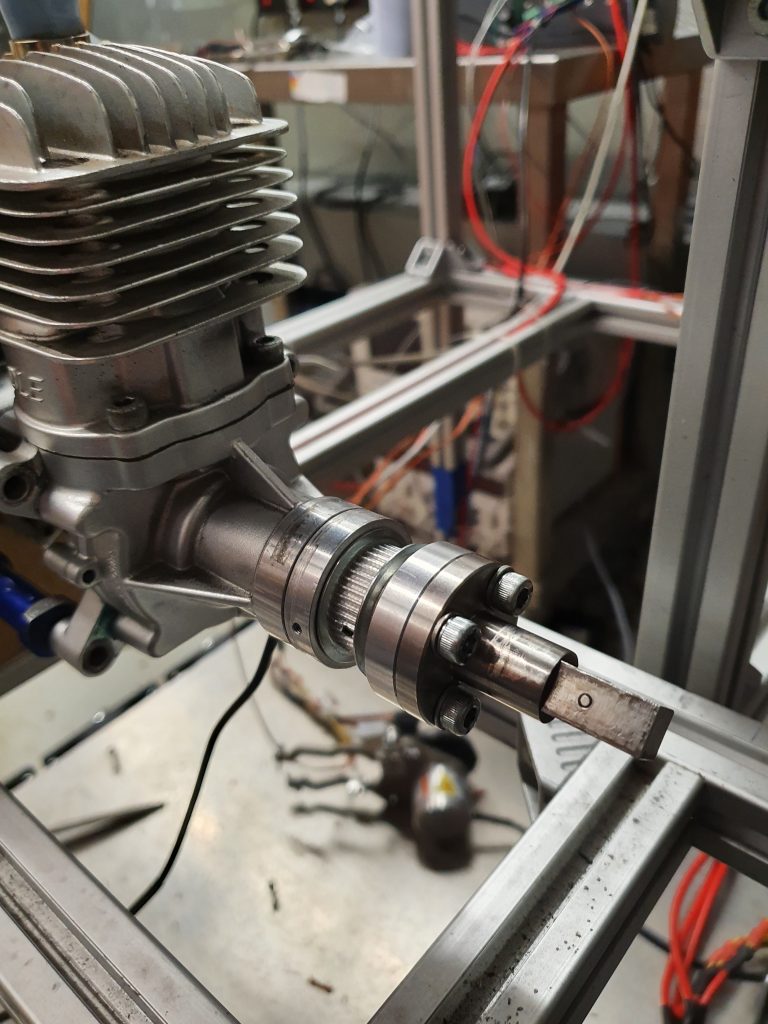
The new coupling en-situe with the coupling connector.
